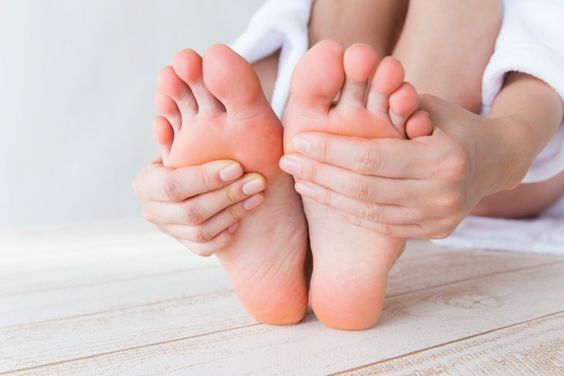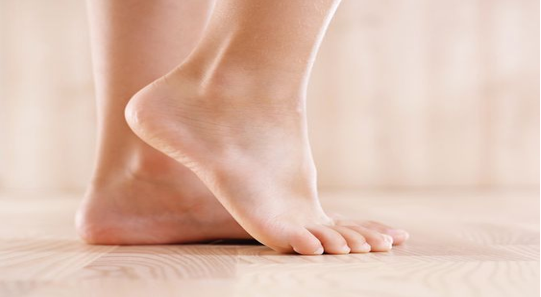Having a baby is an exciting thing for a mother, and it is also a very hard thing. As the baby grows up in the mother's belly, there will be many subtle changes in the mother's body. It is said that pregnant mothers are really very hard, so various living habits should be changed, and mothers will also feel more tired, and some mothers may have cracked heels. This article will Let me introduce to you what to do if your heel is cracked during pregnancy. Let's take a look at it with me.
Why do heels crack during pregnancy?
When your hormones change during pregnancy, your body's skin elasticity will also change, and the skin will lose elasticity and moisture as a result. It may also be caused by a lack of vitamins in the body. At the same time, weight gain can also bring extra weight to the heels. Stress, fortunately, we can prevent this problem in advance by taking the following measures.
How to prevent chapped heels?
① Use a moisturizing cream: This reduces and slows the loss of moisture from the skin, helps maintain skin elasticity and prevents cracking. Moisturizers without too many additives are the best. Use good quality sorbet oil, petroleum jelly, or coconut oil if you want to stay completely natural. While we usually advise patients to use urea-based moisturizers, it is best to avoid this during pregnancy.
② Frequent foot baths: Soak your feet with warm water, because warm water can not only soften the cuticle, but also lock the moisture behind the feet in time. But remember not to soak your feet for too long. (It can be controlled within half an hour) After soaking your feet, do not dry your feet immediately, apply vitamin E directly to moisturize and heal the cracks, it can well promote the deep absorption of nutrients in the skin, and solve the cracks in the back of the feet very well situation .
③Drink more warm water and actively supplement the water that the body lacks. In the diet, you should also pay attention to supplementing fatty foods, as well as foods rich in vitamin A and vitamin B. Such as liver, pig skin, carrots, etc. Supplement the vitamins the body lacks.
④You can use Innomed ® blister plaster to stick on the heel skin, which can provide a closed and moisturizing space for the skin, and it also has an ultra-thin design, which will also feel comfortable during use, and has strong stickiness and is not easy to fall off. If your heels are particularly chapped and bleeding, you can also try Innomed ® blister plaster, which can help your wound heal quickly and provide a slightly acid-tight space for the wound to prevent the invasion of foreign microorganisms and prevent wound infection .
⑤Remove dead skin frequently: Once the skin hardens and scabs over, it becomes more brittle and prone to cracks that can pass through the callus and into healthy skin. You can also use a pumice stone or foot grinder to help smooth the skin on your feet.
What to watch out for with cracked heels:
There are a few points to pay attention to when the heel is chapped: if the heel is severely cracked, first of all remember not to tear the upper skin, so as not to form a wound, secondly, don't wear shoes that are too high or too tight, and walk less to avoid rubbing the heel and causing the cuticle. thicker. Also, soak your heels with water for too long, preferably no more than half an hour.
For more information on Innomed® dressings , refer to the previous articles. If you have customized needs, you are welcome to contact us; we will serve you wholeheartedly.
At Longterm Medical, we transform this data by innovating and developing products that make life easier for those who need loving care.
Editor: kiki Jia
Date: September 26, 2022

 English
English عربى
عربى Español
Español русский
русский 中文简体
中文简体








